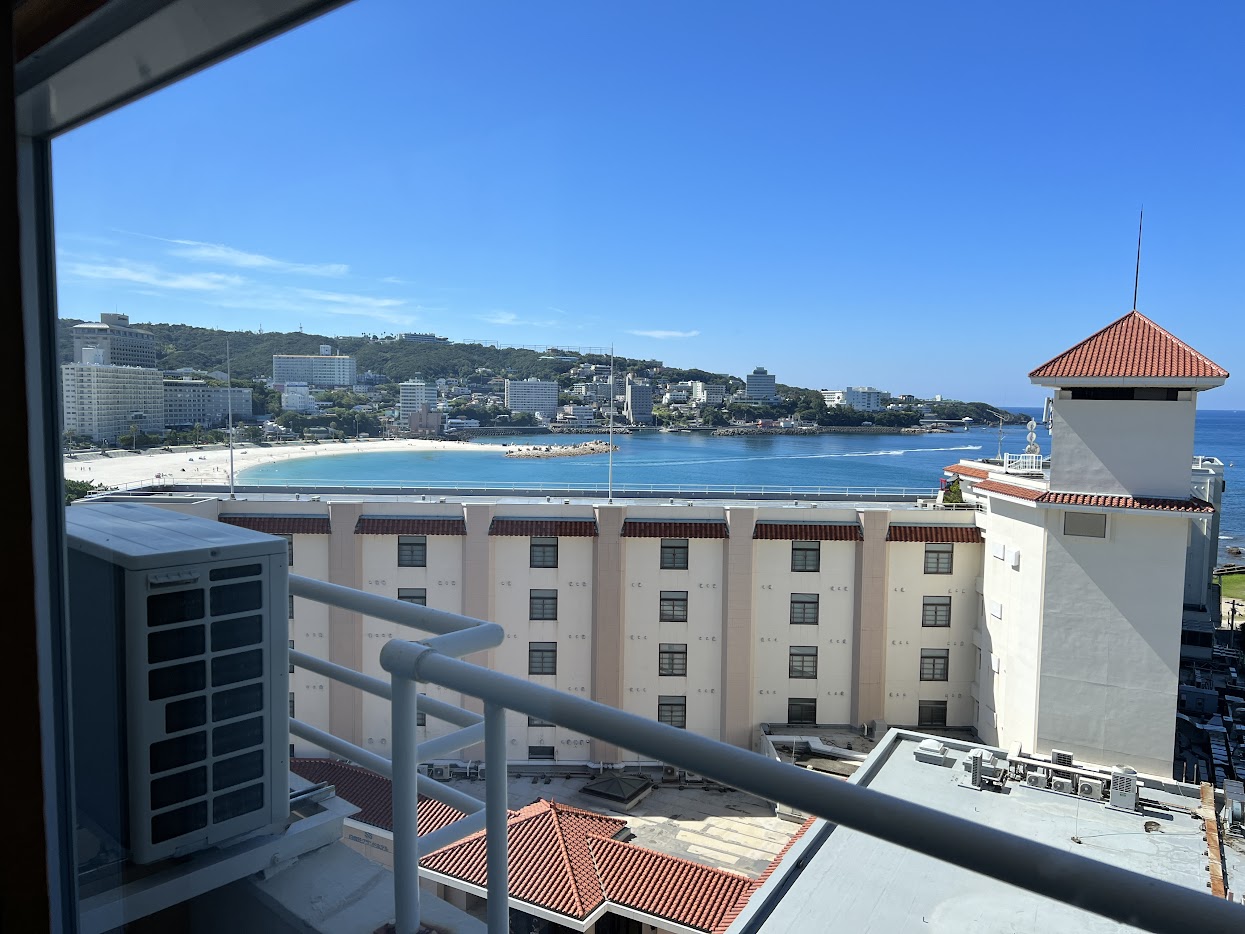Day 1: Coastal Wonders and Sunset Spectacles
The first day of this Wakayama road trip from Osaka is designed to immerse travelers in the stunning coastal beauty and vibrant local culture of Shirahama, a renowned seaside resort in the southern part of the Kii Peninsula. The drive from Osaka to Shirahama is approximately 93.2 miles (150 km) and typically takes around 1 hour 56 minutes in normal traffic, primarily via the Hanwa Expressway. Toll fees for this route can vary, but generally range from ¥2,300 to ¥3,500. For those utilizing an Electronic Toll Collection (ETC) card, which can often be rented from car rental companies for a nominal fee, discounts on tolls are frequently available, allowing for smoother passage through toll gates.
Toretore Market: A Feast for the Senses
The journey begins with a visit to Toretore Market, a bustling hub of local products and fresh seafood. This large market offers an authentic glimpse into Wakayama's culinary delights and is an ideal spot to begin the exploration of local flavors. Travelers can stroll through the market, sampling various products, including locally-brewed spirits and
umeboshi (salt-pickled plums), a regional specialty.
A highlight of Toretore Market is its extensive selection of fresh seafood. Visitors can indulge in heaped bowls of fish on rice, known locally as Kaisendon, with picture menus available to assist in selection. For those who prefer to cook their own catch, the market features a large barbecue area where freshly purchased seafood can be grilled on the spot. Daily tuna filleting shows are a popular attraction, offering a dynamic display of culinary skill as sleek, heavy tuna are expertly carved, providing the freshest possible sashimi and sushi.
This vibrant market experience caters to various traveler profiles. For the Adventure-Seeking Duo/Friends, it offers a lively atmosphere and unique culinary experiences that are perfect for sharing on social media. Families will appreciate the diverse food options and the engaging tuna show, providing entertainment for all ages. Solo explorers and photographers will find ample opportunities to capture the energy of local life and the vibrant displays of fresh produce.
Shirarahama Beach: Japan's White Sand Paradise
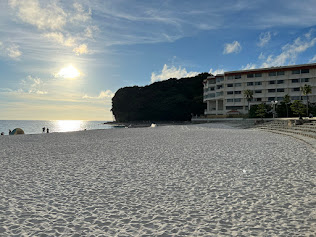
Just a short distance from Toretore Market lies Shirarahama Beach, often considered the jewel in the crown of Japan's coastal resorts. With approximately 200 meters of pristine white sand curving around a bay of sparkling water, it is a truly picturesque destination. Shirarahama Beach is famously a sister beach to Hawaii's globally renowned Waikiki, a testament to its beauty. The name "Shirahama" itself literally translates to "white beach," perfectly describing its soft, clean dunes.
The most popular time to visit Shirarahama Beach for swimming and sunbathing is during the summer months, from July to August, which marks Japan's official beach season. However, good weather generally extends the swimming season from June to mid-September. Even outside of swimming season, the beach remains beautiful year-round, offering a serene atmosphere for walks and relaxation. For those who find the main Shirahama area a bit too crowded, Shirahama Chuo Beach, located slightly up the coast, offers a quieter yet equally welcoming alternative with plenty of nearby accommodations and seafood restaurants.
Shirarahama Beach provides a perfect setting for relaxation and recreation. Families will find it an ideal spot for children to play in the clear, clean waters. Adventure-Seeking Duos can enjoy various beach activities or simply relax by the sea, capturing stunning photos. Solo explorers and photographers will appreciate the serene atmosphere and the opportunity to capture the beautiful coastal landscape, especially during the soft light of morning or late afternoon.
Engetsu Island: An Iconic Sunset Viewpoint

As the day progresses, the focus shifts to Engetsu Island, also known as Takashima or "Round Moon Island," a small, uninhabited islet renowned for its unique natural arch and breathtaking sunsets. The island's distinctive feature is a moon-shaped hole in its center, meticulously carved by centuries of sea erosion. While impressive at any time of day, Engetsu Island truly comes alive at sunset, offering one of the world's most stunning natural spectacles as the sun descends through its central hole into the Pacific Ocean.
The optimal times for witnessing the sun perfectly align with the hole are around a week after the spring equinox (typically March 20 or 21) or the autumn equinox (September 22 or 23) each year. Visitors are advised to arrive early to secure a good viewing spot, as the location can become somewhat crowded, especially during peak sunset hours. The island can be easily viewed from nearby spots, and the Rinkai bus stop is a convenient access point for those using local buses.
Engetsu Island is a dream destination for photographers, particularly the Solo Explorer/Photographer persona, who will find unparalleled opportunities to capture iconic landscape shots. The Adventure-Seeking Duo/Friends will also appreciate the romantic and visually stunning backdrop for memorable photos. Even for families, the natural beauty and the spectacle of the sunset offer a memorable experience, making it a highlight of the trip. The freedom of a self-drive allows for flexible timing to arrive at the optimal moment for photography, ensuring the best light and avoiding peak crowds if desired.
Senjojiki: The Thousand Tatami Mats Plateau
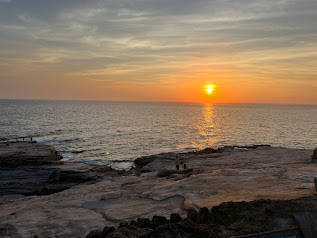
Following the sunset at Engetsu Island, a short drive leads to Senjojiki, a vast, multi-tiered rock plateau that stretches out into the Pacific Ocean. Its name, literally meaning "one thousand tatami mats," describes its expansive, flat surfaces, which have been continually eroded by the powerful waves of the Pacific over millennia, creating spectacular clusters of smooth, jagged rock formations.
Senjojiki offers a unique coastal walking experience, allowing visitors to wander out towards the sea on its smooth, stone-like surfaces. It is an ideal spot for a leisurely stroll, offering dramatic views of the coastline and the crashing waves. The location is particularly stunning during sunset, providing another magnificent backdrop for photography, similar to Engetsu Island. Senjojiki is easily accessible from Shirahama Station via the Meiko Bus to the "Senjo-guchi Stop".
This natural wonder appeals strongly to the Solo Explorer/Photographer, offering unique geological formations and expansive views for creative compositions. The Adventure-Seeking Duo/Friends will enjoy the opportunity for a scenic walk and impressive photo opportunities. For families, it provides an interesting natural playground, though caution is advised, especially with young children, due to the proximity to the sea and the uneven terrain. Combining a visit to Senjojiki with Engetsu Island and Sandanbeki Caves is a popular choice, allowing for a comprehensive exploration of Shirahama's dramatic coastline within a half-day.
Day 2: Dynamic Cliffs and Wild Encounters
The second day of the Wakayama road trip promises a blend of dramatic natural spectacle and engaging animal encounters, ensuring a memorable conclusion to the journey before heading back to Osaka.
Sandanbeki: Cliffs of Power and History
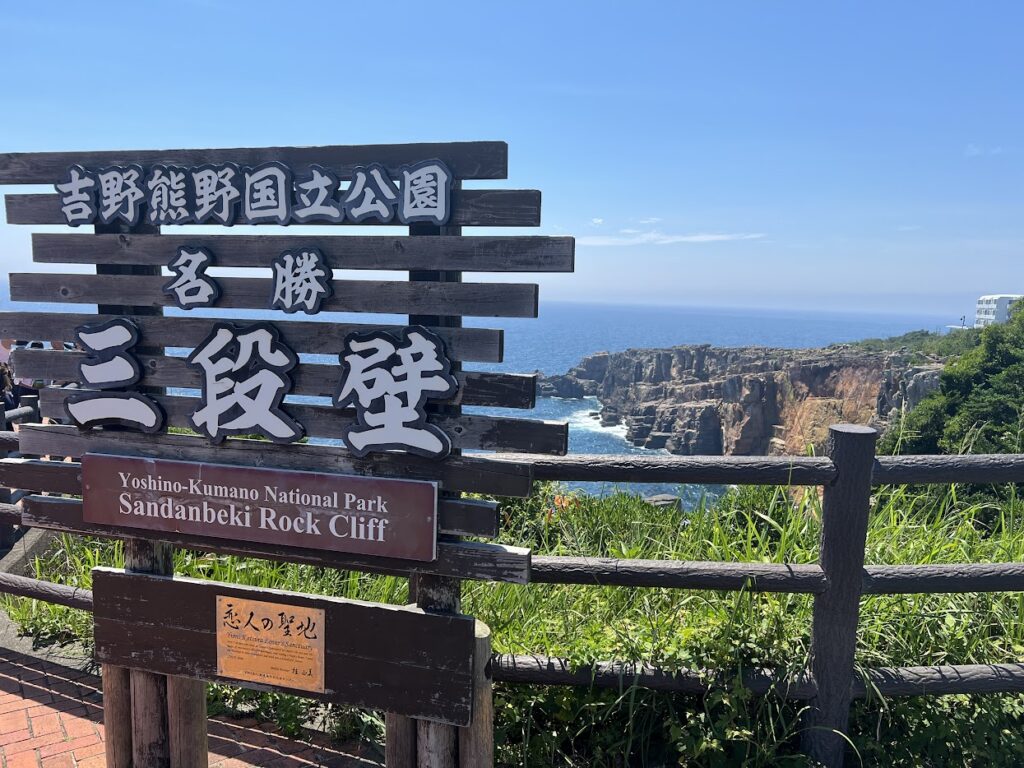
The day begins at Sandanbeki, a series of dramatic cliffs that stand in stark, saw-toothed contrast to the gentle white sands of Shirarahama Beach, located just a couple of kilometers away. These craggy cliffs stretch for approximately two kilometers, with heights reaching 50 to 60 meters, creating a truly majestic and powerful natural landscape. The raw power of the Pacific Ocean is vividly displayed here, with waves crashing violently into the cliff face, sending salty sea spray high into the air. It is said that during typhoons, waves can reach over 60 meters high, a testament to nature's formidable strength.
Beyond the dramatic scenery, Sandanbeki holds a fascinating history. During the Heian period (794-1185), the caves beneath the cliffs served as a hideout for the Kumano Suigun Navy, a group of pirates who cruised the area. Modern-day visitors can delve into this history by taking an elevator 36 meters down into the cave system. Inside, the damp, dark passageways are filled with artifacts and replicas related to pirate activities, alongside the natural markings of erosion. The experience of witnessing the raging waves from within the cave, as they stir up violent impacts, is both thrilling and shocking. The typical visit duration for exploring the cave is approximately 30 minutes, as the walking path is about 200 meters long for one circuit. Admission fees apply: 1,500 yen for adults (junior high school age and above) and 750 yen for children (elementary school age), with discounts available for groups and visitors with disabilities.
Sandanbeki appeals to a wide range of travelers. The Solo Explorer/Photographer will find abundant opportunities to capture the raw power of nature and the unique geological formations, especially on days with strong waves. The Adventure-Seeking Duo/Friends will enjoy the thrilling experience of the cave and the dramatic coastal views. For the Culture-Curious Family, the pirate history and the elevator ride down into the cave offer an engaging and educational experience for children.
Adventure World: A World of Wildlife and Wonder
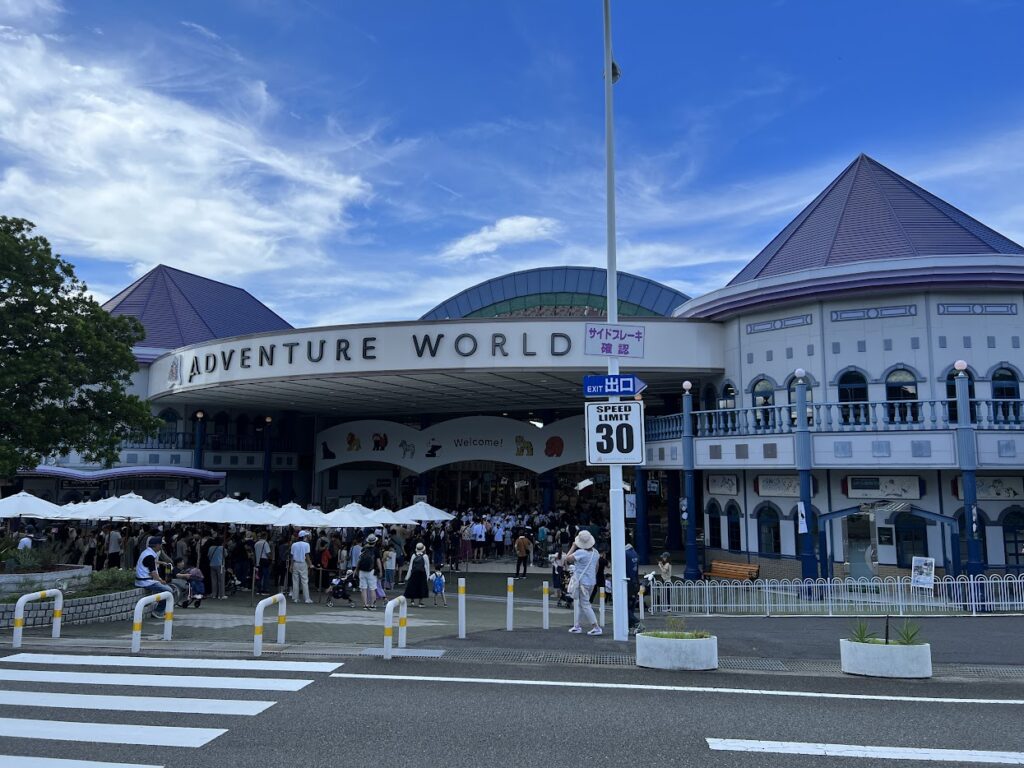
The final major stop on this itinerary is Adventure World, a comprehensive theme park that combines a safari park, zoo, aquarium, and amusement park, offering an abundance of attractions for all ages. While Adventure World is famous for its giant pandas—it boasts the largest panda breeding center outside China, with many pandas born and raised here —the park offers much more than just pandas.
The park provides numerous opportunities for close interaction with a wide variety of animals. Visitors can feed sea animals, land animals like hippopotamuses and giraffes, and even walk among docile creatures such as flamingos and capybara in the safari zone. Various tours and attractions, some requiring advance or same-day reservations, allow for even closer encounters and deeper learning about the animals. For example, there are paid experiences like "Dolphin Snack Time" and "Lion Feeding," as well as free activities like "Rabbit and guinea pig petting" and "Penguin Parade".
Adventure World also features impressive live shows, including the highly popular dolphin and sea lion shows. The "Marin Live 'Smiles'" dolphin show is free and typically runs twice a day, lasting about 20 minutes. During certain periods, a "Night Marine Live 'LOVES'" show is also available with advance reservations. For exploring the vast safari area, visitors can opt for a free "Walking Safari" or take paid options like the "Jeep Safari Exploration Tour" or "Cart Safari," with golf carts available for those with a valid Japanese or international driving license.
The park's opening hours vary by season, but generally range from 9:30 AM or 10:00 AM to 5:00 PM or 8:00 PM during peak summer periods. Admission fees for a 1-day pass are 5,300 yen for adults (18+), 4,800 yen for seniors (65+), 4,300 yen for junior high/high school students, and 3,300 yen for children (4+), with other ticket types and group rates available.
Adventure World is a must-visit for the Culture-Curious Family, offering a full day of engaging activities that cater to all ages. The animal interactions and shows provide educational and entertaining experiences. The Adventure-Seeking Duo/Friends will also find the diverse attractions and unique animal encounters highly enjoyable and shareable. Even the Solo Explorer/Photographer can find unique opportunities to capture wildlife and dynamic show performances.
Practical Driving Tips for Foreign Visitors in Japan
Embarking on a road trip in Japan offers unparalleled freedom, but it requires understanding local driving regulations and customs. This section provides essential tips for foreign visitors to ensure a smooth and enjoyable self-drive experience.
International Driving Permits and Licenses
To drive legally in Japan, foreign visitors generally need an International Driving Permit (IDP) based on the 1949 Geneva Convention. This permit allows driving for a maximum of one year, even if the IDP itself is valid for a longer period. It is crucial to obtain the IDP in your home country before arriving in Japan, typically through your national automobile association.
Certain countries, such as Belgium, France, Germany, Monaco, Switzerland, and Taiwan, do not issue permits based on the 1949 Geneva Convention. Drivers from these countries can drive in Japan for up to one year with an official Japanese translation of their domestic driver's license. This translation can be obtained from the Japan Automobile Federation (JAF) or through some of their respective countries' embassies or consulates in Japan. For those staying longer than one year or from countries whose IDPs are not recognized, obtaining a Japanese driver's license is necessary, a process that typically involves written and practical exams.
Road Rules and Driving Habits
Japan drives on the left side of the road, and vehicles have the driver's seat and steering wheel on the right, similar to countries like Australia, New Zealand, the UK, and Singapore. The legal minimum driving age is 18 years. Drinking and driving is strictly prohibited and carries severe penalties. Road signs and rules generally follow international standards, with most major road signs displayed in both Japanese and English.
Japanese drivers often use hazard lights to signal gratitude when another driver gives way, such as when changing lanes. Flashing headlights typically mean "after you," while honking is reserved for serious situations. It is common etiquette to let people merge or turn onto the road in alternating order and to avoid tailgating. Pedestrians always have the right of way.
Toll Roads and Payment
Most roads in Japan are toll-free, but expressways (kōsokudōro), some scenic driving routes, and a small number of tunnels require tolls. Tolls can accumulate quickly, so factoring them into the travel budget is important.
The most convenient way to pay tolls is with an Electronic Toll Collection (ETC) card. These cards can often be rented from car rental companies for a nominal fee (e.g., 300 yen) and allow drivers to pass through ETC lanes without stopping, often with discounted rates compared to cash or credit card payments. When renting a car, it is advisable to inquire about ETC device availability. Alternatively, tolls can be paid with cash or credit card at manned booths.
For visitors planning extensive expressway travel, regional Expressway Passes are available for short periods (2 to 14 days) and can offer cost savings. These passes are exclusively for non-Japanese passport holders or Japanese citizens with permanent residency abroad and require a valid driver's license and IDP for purchase. Tools like Navitime or NEXCO's official website can help estimate tolls and plan routes.
Navigation and Parking
Many English-friendly car rental companies offer vehicles equipped with English-capable GPS systems. When inputting destinations into GPS, besides addresses, travelers can often use a destination's phone number or a 12-digit "Mapcode". Having these details handy for accommodations and attractions can simplify navigation.
Parking in major cities and popular tourist destinations can be expensive and challenging to find. Parking lots are often tucked away in narrow side streets, inconspicuously wedged between buildings, or even underground. In rural areas, free hotel parking is common, but in cities, it is advisable to inquire about parking arrangements with hotels beforehand. When parking, it is customary to back into the car space. Common parking types include elevator parking lots and those with low barriers that secure the car until payment. Most lots are unmanned and require payment at a central station. Carrying cash, especially smaller denominations, is recommended for parking fees and tolls, as cashless payment may not always be available.
Fueling Up
Fueling up is generally straightforward in Japan. Many full-service petrol stations have staff who will fill the tank for you; simply say "mantan" for a full tank. It is essential to check the correct fuel type for the rental car: regular (red nozzle), high-octane (yellow), or diesel (green). Most rental companies expect the car to be returned with a full tank, so note petrol stations near the return point. Be aware that many stations, especially in rural areas, close at night, so ensure a full tank if driving after hours.
Rest Stops and Emergencies
Japan boasts an excellent network of Service Areas (SA) and Michi-no-Eki (roadside stations). These rest stops are crucial for long drives, with a recommended 20-minute break every two hours to combat fatigue.
Michi-no-Eki in particular offer 24-hour parking, restrooms, free Wi-Fi, and often include local produce markets, restaurants, and sometimes even hot spring facilities.
In case of an accident, regardless of severity, dial #110 to contact the police. If anyone is injured, dial #119 for an ambulance. Always contact the car rental provider for advice. Location markers posted every kilometer on highways can help pinpoint your location when calling for help. If the car breaks down on the highway, set up an emergency triangle or other warning markers behind the vehicle to alert approaching drivers.
Other Considerations
- Child Seats: By law, children under six years old are required to use child seats. Rental companies typically provide three different types depending on the child's age.
- Mobile Phone Use: Using a phone, even hands-free, while driving can incur a fine in Japan, so it is best to avoid it.
- Luggage: When joining carpooling tours, each person is typically allowed one piece of luggage for free. Informing the provider in advance about luggage is important to avoid issues with carriage congestion or refusal of boarding.
Cultural Etiquette for a Smooth Journey
Understanding and respecting local customs is paramount for an enriching and satisfying travel experience in Japan. The cultural and religious backgrounds of international visitors are highly diverse, influencing everything from dining habits and social interactions to gift-giving and language comprehension. Recognizing these nuances is key to fostering positive interactions and a deeper appreciation of Japanese culture.
Cultural Sensitivity and Diverse Backgrounds
The diversity of cultural and religious backgrounds among visitors significantly impacts their behavior. For instance, in Confucian-influenced regions like China, Korea, and Taiwan, respect for elders and concepts of "face" (menzu) are deeply ingrained, influencing social interactions and dining etiquette [Primary Info - I, II]. In contrast, Christian-majority countries like the United States and Australia often exhibit more individualistic tendencies and a preference for direct communication [Primary Info - II]. Buddhist traditions, prevalent in countries like Thailand, emphasize accumulating merit, which can affect their approach to spiritual sites [Primary Info - I, II]. Acknowledging and respecting these varied cultural contexts in media design is crucial for creating satisfying travel experiences.
Country-Specific Cultural Considerations
- China: With a strong emphasis on "face" and respect for elders, Chinese visitors often prefer sharing dishes and may leave food as a sign of abundance [Primary Info - II]. Their perception of public noise might differ from Japanese norms, necessitating clear communication about the value of quietness in certain spaces. When presenting temples and shrines, it is beneficial to include their spiritual context. Simplified Chinese language support is highly valued.
- Korea: Rooted in Confucianism, Korean culture prioritizes respect for elders and strict dining etiquette, such as not holding rice bowls [Primary Info - II]. Media should consider family travel, proposing multi-generational experiences, and enhancing mobile payment options and Korean language guidance.
- Taiwan: A blend of Buddhism, Taoism, Confucianism, and folk beliefs influences Taiwanese visitors, who often engage in ancestor worship and fortune-telling [Primary Info - II]. They prefer sharing meals and tend to have a lower alcohol preference. Their personal space norms may be narrower than Japan's. Emphasizing local experiences and cultural explanations, with Traditional Chinese language support, is effective.
- United States: Predominantly Christian, with a growing number of non-religious individuals, Americans balance individualism with community spirit [Primary Info - II]. They are accustomed to tipping and taking food home, and prefer direct communication. Highlighting spiritual experiences like Zen meditation or festivals, and anime pilgrimage sites, with clear English information, is effective.
- Hong Kong: While Buddhism and Taoism are prevalent, religious observance is often more relaxed [Primary Info - II]. Hong Kong visitors prefer warm meals and are conscious of smoking regulations. Clear role divisions in service are appreciated. For repeat visitors, promoting regional attractions and offering both Simplified and Traditional Chinese language options is beneficial.
- Thailand: Strongly influenced by Theravada Buddhism, Thai visitors show deep reverence for monks and Buddha statues [Primary Info - II]. They typically eat quietly and value visually appealing, seasonal experiences. Showcasing cherry blossoms or autumn leaves, alongside explanations of Buddhist manners, resonates well.
- Australia: A multicultural society with a mix of Christian and non-religious populations [Primary Info - II]. Australians prefer quiet dining, often have vegetarian preferences, and are interested in winter sports. Promoting destinations like Hokkaido and Nagano, and practical souvenir suggestions, can be effective.
- Philippines: Predominantly Catholic, with a strong emphasis on faith and family [Primary Info - II]. Filipinos use spoons and forks for eating and may be cautious with raw water or fish. Taking home leftovers is common. Highlighting anime and pop culture, providing English information, and suggesting family-oriented experiences are effective.
- Canada: A multicultural society with a mix of Christian and non-religious populations [Primary Info - II]. Canadians are sensitive to quietness and manners, enjoy skiing, and appreciate Japanese cuisine. Promoting winter tourist spots and serene experiences, with polite English communication, is effective.
- United Kingdom: A diverse religious landscape, primarily Christian, with strong class consciousness and emphasis on manners [Primary Info - II]. British visitors have detailed dining etiquette and are cautious about gift-giving. They prefer direct communication. Focusing on historical and cultural experiences, such as traditional arts, and popular food items like matcha and sushi, is effective.
General Public Manners and Practicalities
- Dining Etiquette: While Japan has specific dining customs (e.g., not holding rice bowls, slurping noodles), visitors are generally not expected to know every nuance. However, awareness of basic courtesies, such as not sticking chopsticks upright in rice or passing food directly from chopstick to chopstick, is appreciated. For visitors with dietary restrictions like vegetarian, halal, or gluten-free, clear indications and options are crucial for a satisfying experience [Primary Info - III].
- Noise Levels: Japanese public spaces, particularly on trains and in certain restaurants, often maintain a quiet atmosphere. Being mindful of personal space and keeping noise levels down, especially when speaking on phones or in groups, is a sign of respect. Visual aids or simple explanations can effectively convey the value of quietness [Primary Info - II, III].
- Photography: While generally permissible, always be respectful when taking photos, especially in religious sites or of individuals. Asking for permission before photographing people, particularly monks or locals, is a good practice.
- Waste Disposal: Japan has strict waste separation rules, and public trash cans are scarce. Carrying a small bag for personal waste until a suitable disposal point is found is a common practice. "Leave no Trace" principles, such as packing out all garbage and not using local bins along trails, are important.
- Safety in Nature: When exploring natural areas like Senjojiki or hiking trails, it is essential to prepare adequately. This includes checking weather forecasts, wearing appropriate footwear (sturdy, worn-in shoes are essential, especially on slippery surfaces like old cobblestone steps), dressing in layers, and staying hydrated. Be aware of potential hazards like ticks in wet areas and take precautions against heat exhaustion in summer or cold in winter. In coastal areas, be mindful of earthquake and tsunami warnings; if a large earthquake occurs near the coast, immediately head to higher ground.
- Communication: While many signs on major roads are in English, having a translation app or basic Japanese phrases can be helpful, especially in rural areas.
By deeply understanding, respecting, and empathizing with the diverse cultural backgrounds and practical needs of international visitors, this guide aims to serve as a cultural bridge, guiding travelers from initial interest to confident action, and ensuring a truly memorable journey through Japan.
Conclusion: Your Unforgettable Wakayama Road Trip Awaits
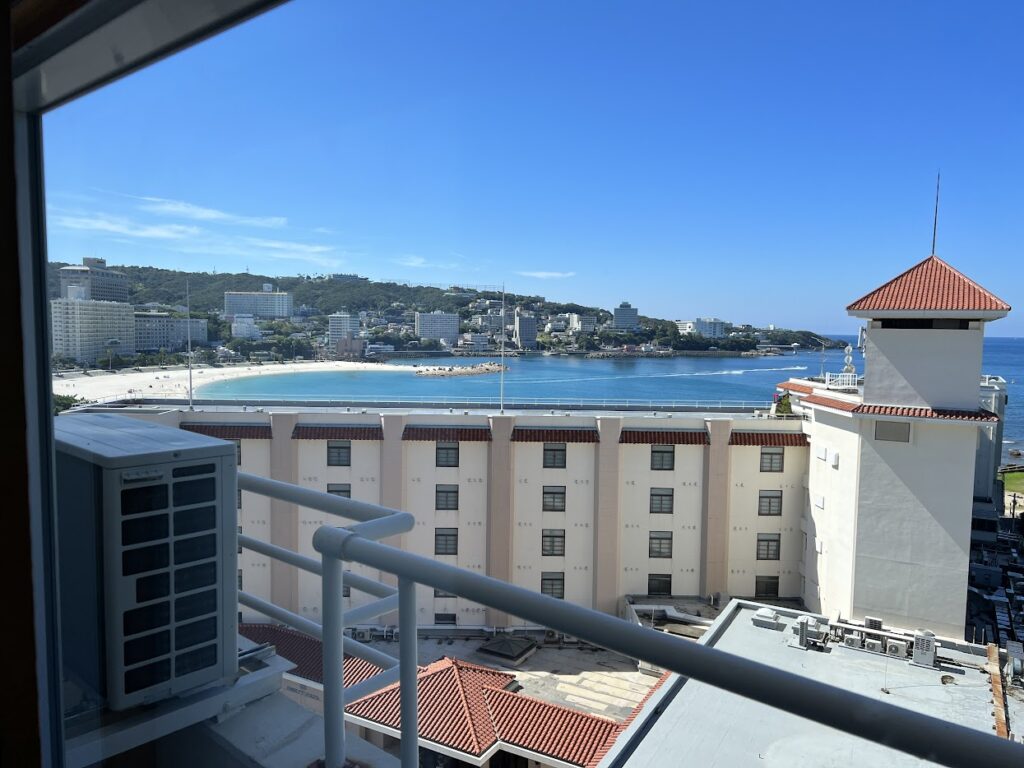
This 2-day road trip from Osaka to Wakayama offers a meticulously crafted itinerary designed to provide international visitors with an authentic, diverse, and unforgettable experience of Japan's coastal beauty and rich culture. From the vibrant culinary delights of Toretore Market and the pristine shores of Shirarahama Beach to the dramatic geological wonders of Engetsu Island, Senjojiki, and Sandanbeki, and the engaging wildlife encounters at Adventure World, this journey promises a blend of relaxation, adventure, and cultural immersion.
The freedom and flexibility offered by a self-drive adventure allow travelers to explore at their own pace, discover hidden gems, and capture breathtaking moments that are often missed on more conventional tours. This approach directly addresses the deep-seated desires for independence, unique experiences, and a genuine connection with Japan's lesser-known wonders. The detailed practical driving tips and cultural etiquette guidelines provided are designed to empower visitors, alleviating anxieties about navigating a new country and ensuring a smooth, stress-free journey.
As you consider embarking on this incredible adventure, remember that the true charm of Japan often lies just beyond the familiar. This itinerary, informed by extensive local knowledge and a passion for exploration, invites you to uncover the "secret" side of Wakayama, creating memories that will last a lifetime. For those seeking the ultimate driving experience, consider exploring the unique offerings of Deep Seek Japan, where custom Japanese cars and tailored drive plans await to enhance your journey.
We encourage you to embrace the open road, immerse yourself in the beauty of Wakayama, and let the spirit of discovery guide your way. May your Japanese adventure be filled with joy, wonder, and countless unforgettable moments. Enjoy your trip to Japan!

